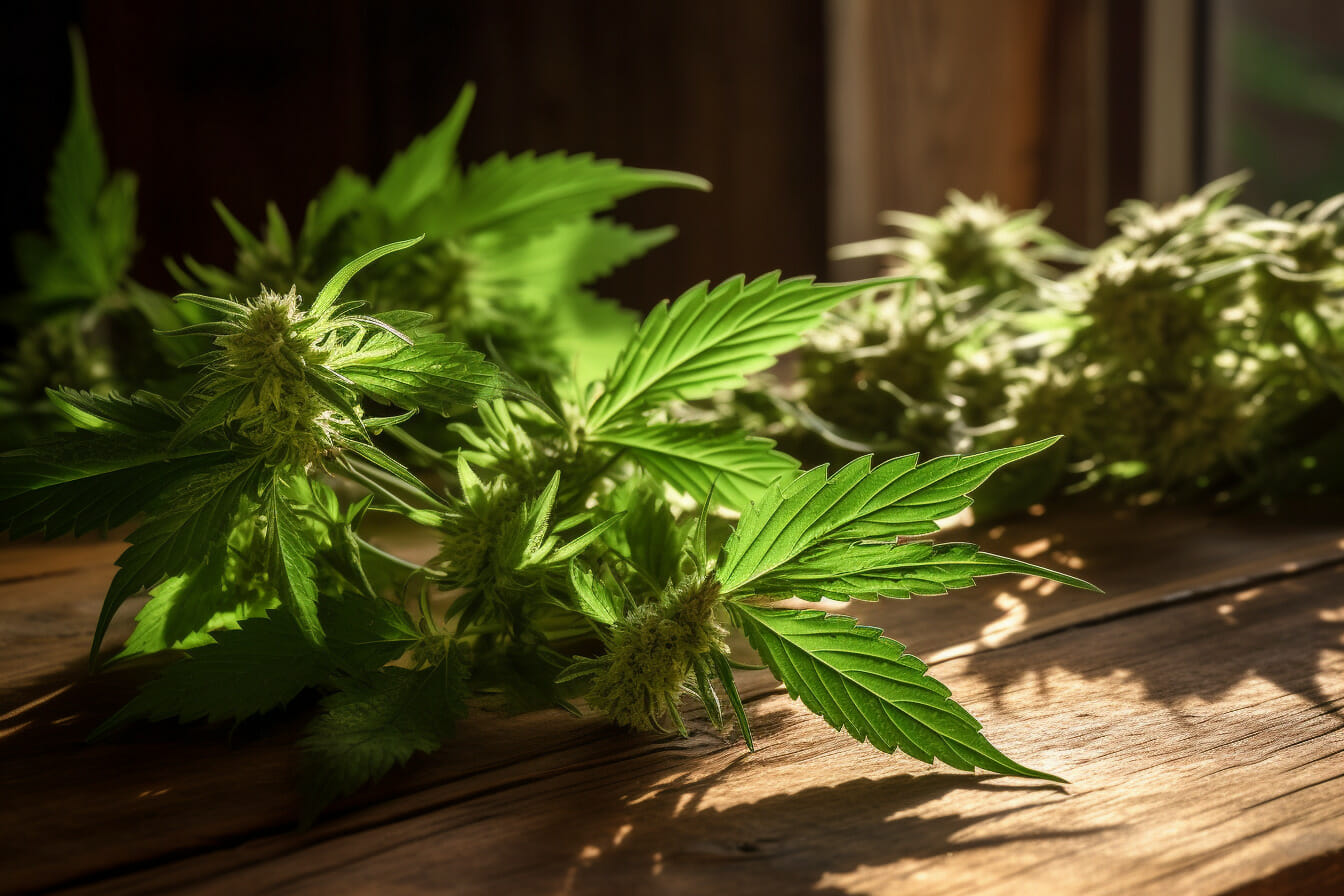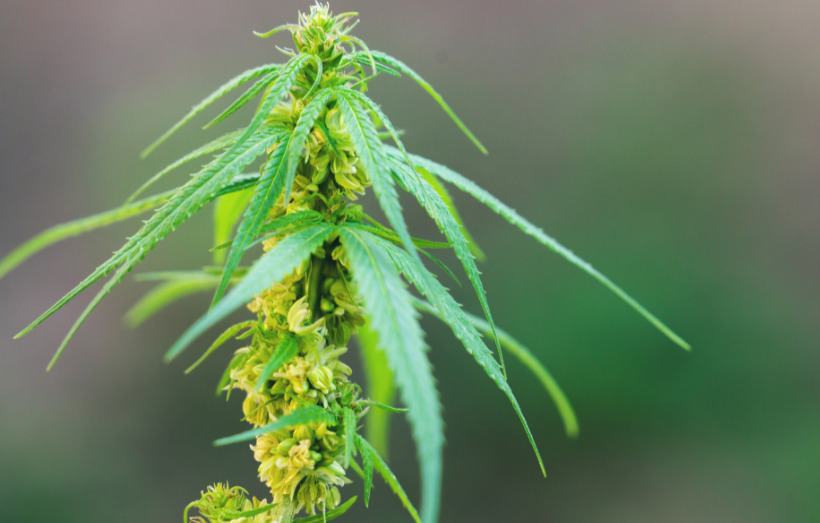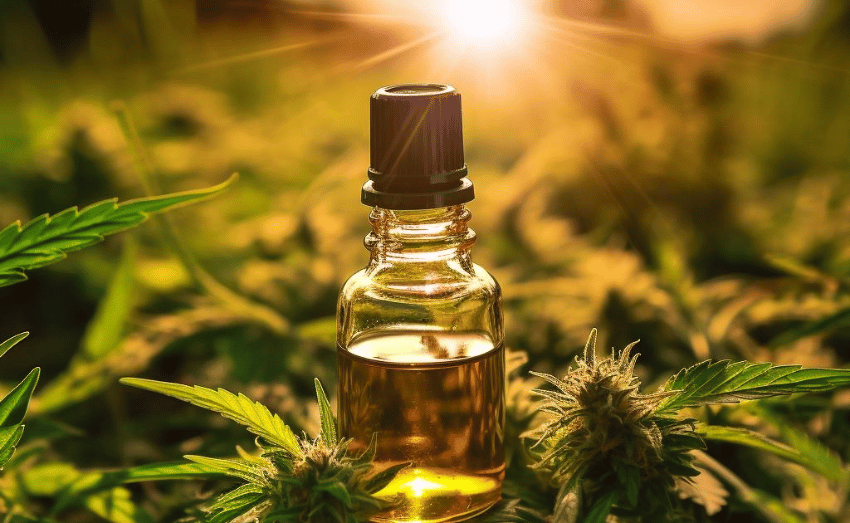In recent years, industrial hemp (Cannabis sativa L.), long misunderstood due to its taxonomic resemblance to the psychoactive compound delta-9-tetrahydrocannabinol (THC) abundant variety, has re-entered the spotlight. Classified legally by its 0.3% concentration (on a dry weight basis) of THC1, it serves primarily for manufacturing purposes and is an integral part of a burgeoning industry.
This paper elucidates extraction methods, potential health benefits, and agricultural aspects of hemp, particularly focusing on the implications of the Agricultural Improvement Act of 2018 (often referred to as the 2018 Farm Bill) which effectively removed hemp from the federal Controlled Substances Act’s oversight.
- The History of Industrial Hemp
- Plant Anatomy and Types
- Agricultural & Economic Implications
- Extraction Techniques
- Product Forms & Uses
- Potential Health Benefits
- Environmental Impact and Sustainability
- Ethical and Social Considerations
- Market Trends and Investment Landscape
- Legal Considerations
- Future Prospects
- Final Thoughts
- FAQs
The History of Industrial Hemp
Industrial hemp (Cannabis sativa L.) is an erect annual herb, that originated in Central Asia but has found its usage globally. A versatile plant used for manufacturing purposes, it has a long history; its cultivation for fibre was recorded in China and has been grown in temperate zones, reaching a height of up to 5 meters (16 feet). The plant comprises a spindly main stalk covered with leaves.
Classified under the Cannabaceae family, it is not to be confused with marijuana or hashish, which contain significantly higher THC levels2. By definition, industrial hemp contains 0.3% THC or less, thus evading the Schedule I Controlled Substance classification by the Drug Enforcement Administration (DEA).
In December 2018, the Agricultural Improvement Act of 2018 was enacted. Known as the 2018 Farm Bill3, it federally decriminalized industrial hemp, previously governed by the 2014 Farm Bill, allowing its cultivation as a source of fiber and oilseed and considering it an excellent rotation crop for traditional crops.
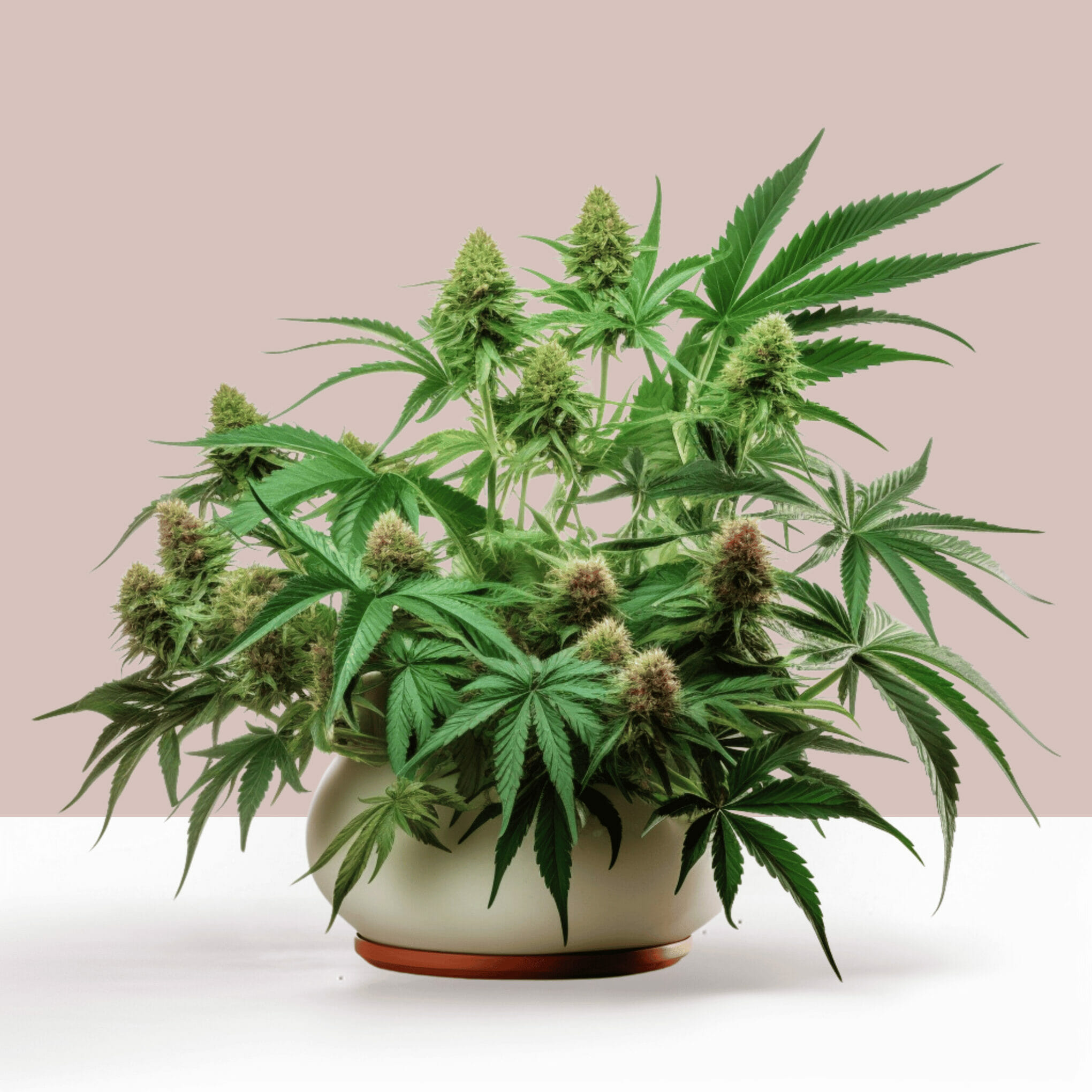
Plant Anatomy and Types
Industrial hemp is a diverse botanical entity, offering various cultivar options to suit specific industrial needs. Generally grows between 6 to 15 feet in height. The period between planting and harvesting ranges from 70 to 140 days, establishing it as a low-maintenance crop. Varieties include:
- Fiber: Primarily marketed as a fiber crop, this subtype typically exhibits greater height and a less bushy appearance.
- Grain: Tailored for seed production, these plants yield edible seeds containing approximately 30% oil content, serving both culinary and oilseed purposes.
- Dual Use (Hybrid): This variety strikes a balance between fiber and seed production, appealing to a range of industrial applications4.
- Cannabinoid (CBD): With high CBD content but meticulously adhering to the 0.3% THC limit, this subtype has emerged as a cornerstone of the burgeoning medicinal hemp industry.
Agricultural & Economic Implications
The U.S. market for industrial hemp reached a retail value of $4.6 billion in 2020, primarily from fiber and grain products.
This showcases hemp’s potential as a U.S. commodity fiber crop. Its low-maintenance nature presents cost savings for farmers, while also being a beneficial rotation crop enhancing soil health.
Additional Insights:
- Sustainability: Hemp’s minimal water and pesticide needs make it an eco-friendly choice.
- Diverse Uses: Hemp extends beyond textiles to food, biofuels, and construction.
- Regulatory Environment: Legal shifts can open new markets but come with regulatory challenges.
- CBD Market: The rising CBD demand adds another revenue stream for hemp growers.
These features underline hemp’s promising role in both sustainable agriculture and economic growth.
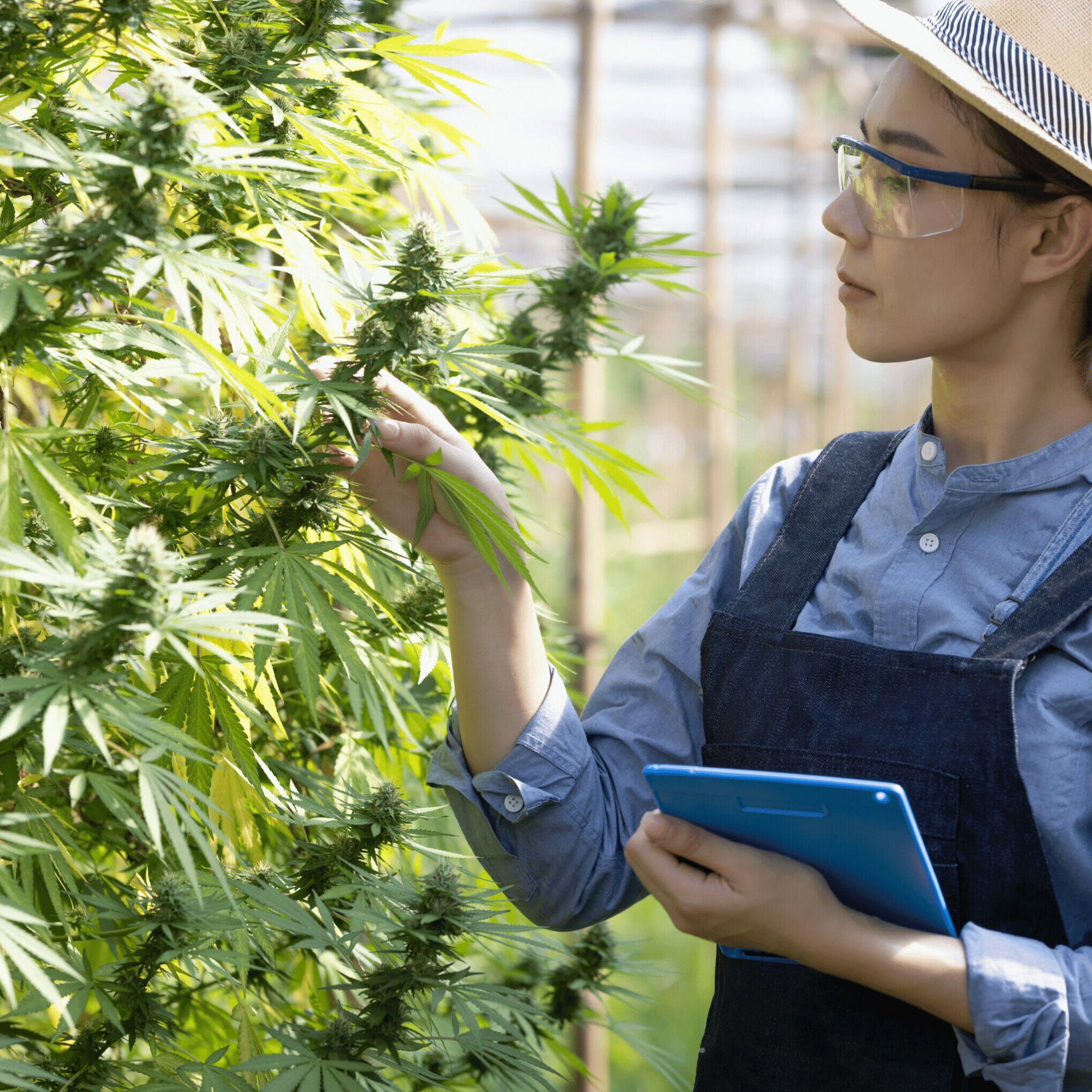
Extraction Techniques
To harness the multifaceted potential of industrial hemp, extraction methods play a pivotal role. Several methods are employed, each tailored to specific product categories:
- Cold Pressing: This method yields oil primarily employed in food and nutraceutical applications. It is a process that involves mechanical pressure to extract oil from the seeds.
- Supercritical CO2: Known for its efficiency, this method is often reserved for specialized products such as cannabidiol (CBD) isolates. It employs supercritical carbon dioxide to extract cannabinoids and other compounds from hemp biomass.
- Chemical Solvents: Large-scale operations frequently employ chemical solvents for extraction. However, it is essential to acknowledge that this method carries a risk of residual contamination and must be meticulously executed under controlled conditions.
Product Forms & Uses
The versatility of industrial hemp finds expression in its various product forms and applications5:
- Fibers: Industrial hemp fibers are indispensable in the textile, rope, and industrial materials industries, showcasing their strength and durability.
- Seeds: Edible seeds, boasting approximately 30% oil content, are incorporated into culinary creations and also serve as a valuable grain crop.
- Hemp Seed Oil: Renowned for its high fatty acid content, hemp seed oil finds utilization in skincare and food applications, owing to its nutritional benefits.
- CBD: Cannabidiol, extracted for therapeutic use as delineated in the 2018 Farm Bill, holds promise in the treatment of various health conditions, spurring research and development in this domain.
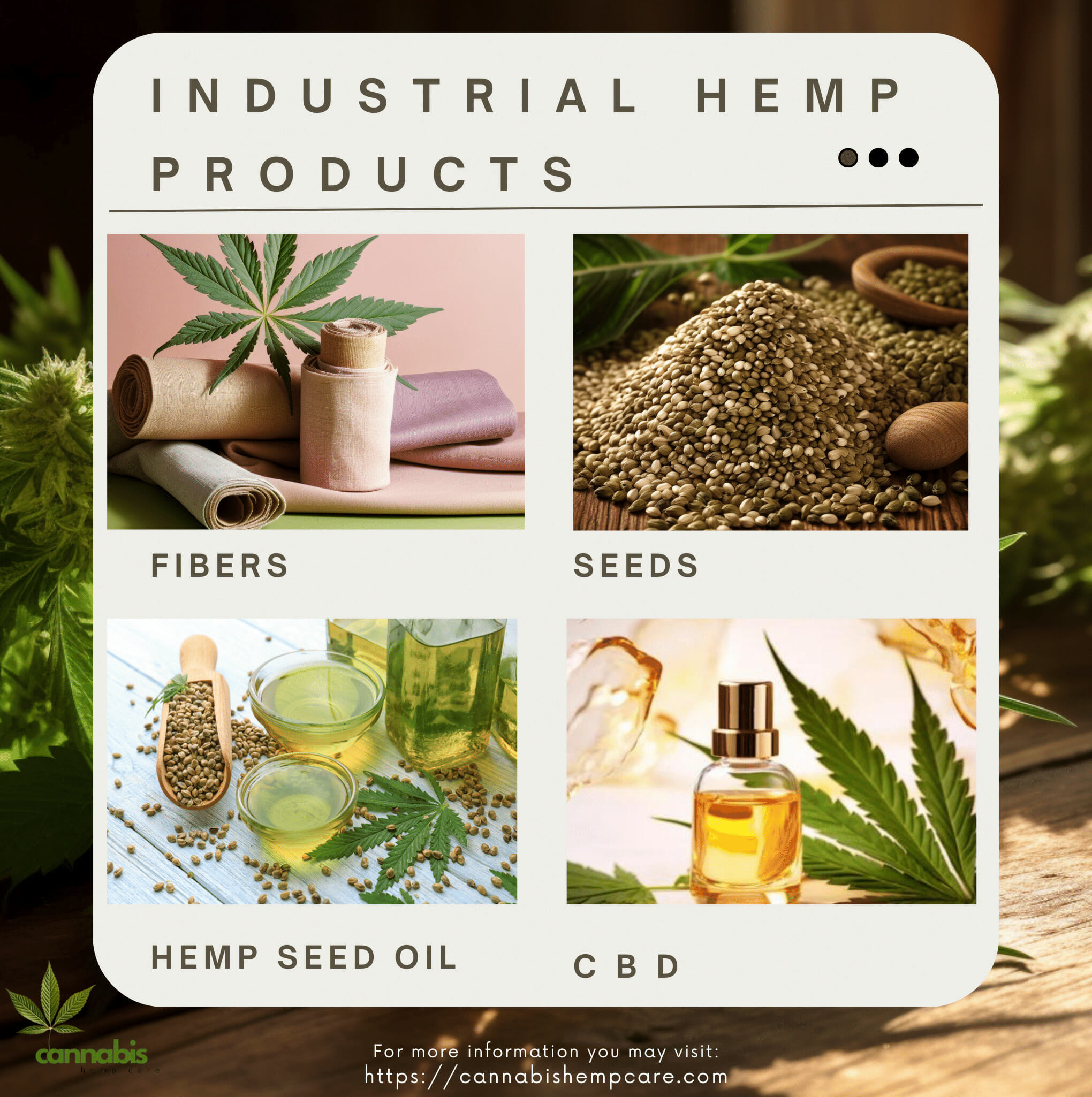
Potential Health Benefits
Industrial hemp has shown promise in several health sectors:
- Cardiovascular Health: Hemp seed oil, rich in omega fatty acids, is believed to contribute to improved heart health by aiding in the reduction of cholesterol levels and inflammation.
- Cancers: Preliminary studies suggest that certain compounds in industrial hemp may have a role in cancer prevention, though further research is needed to substantiate these claims.
- Diseases of the Central Nervous System: CBD, a prominent compound in industrial hemp, has shown promise in addressing neurological conditions, offering potential therapeutic benefits for diseases of the central nervous system.
- Rheumatoid Arthritis: Hemp-derived products have exhibited anti-inflammatory properties, making them a subject of interest for potential use in the management of rheumatoid arthritis.
- Dermatitis and Skin Diseases: Topical applications of hemp seed oil have shown effectiveness in addressing dermatitis and various skin conditions, potentially providing a natural remedy for such ailments.
- Mental Health and Sleep Disorders: Emerging research indicates that industrial hemp-derived compounds, particularly CBD, may hold promise in addressing mental health conditions and sleep disorders.
Environmental Impact and Sustainability
The environmental benefits of hemp cultivation are increasingly important. The following explores its sustainable attributes.
- Water Efficiency: Requires minimal water compared to traditional crops.
- Soil Health: Known for phytoremediation, helping to purify soils from toxins.
- Sustainable Alternative: Low reliance on synthetic fertilizers.
Industrial hemp offers ecological advantages that support its case for broader agricultural adoption.
Ethical and Social Considerations
Hemp’s past carries social and ethical implications, necessitating an industry introspection.
- Historical Disparities: Past criminalization disproportionately impacted minority communities.
- Equity in Industry: Need for equitable distribution of economic benefits.
- Legal Justice: Opportunity to rectify past social and racial injustices.
The imperative now is to ensure equity and fairness in the expanding hemp industry.
Market Trends and Investment Landscape
Understanding market trends and investment is key to navigating hemp’s economic landscape.
- Economic Growth: The U.S. hemp market reached $4.6 billion in 2020.
- Investor Interest: An influx of investors eyeing the hemp sector’s potential.
- Challenges: Potential market saturation, fluctuating THC limits, and evolving regulations.
As the market expands, awareness of both opportunities and challenges is essential.
Legal Considerations
The 2018 Farm Bill significantly altered the legal landscape for industrial hemp, warranting a thorough examination of its current legal status and the complexities therein.
Federal Versus State Laws
While the 2018 Farm Bill federally decriminalized industrial hemp, there exists a complex interplay between federal and state regulations. Several states have established their own rules governing hemp cultivation, processing, and sale, some of which are stricter than federal guidelines. Compliance with both federal and state laws is therefore crucial for hemp-based enterprises.
FDA Oversight
The Food and Drug Administration (FDA) also plays a critical role in regulating hemp-derived products, particularly those that are ingested or applied topically. Products claiming medical benefits are under intense scrutiny and must undergo rigorous testing and approval processes to be recognized as safe and effective.
Ongoing Legislative Developments
It’s important to note that legal considerations surrounding industrial hemp are continually evolving. New bills and amendments at both the federal and state levels could further liberalize or restrict hemp-related activities. Keeping abreast of these changes is crucial for all stakeholders in the industry.
As the industrial hemp sector gains traction, adapting to a complex and continually changing legal landscape will be critical for long-term success and compliance. Understanding the role of federal agencies like the FDA and keeping updated on both federal and state legislative changes will remain imperative.
Future Prospects
The future trajectory of the hemp industry holds vast potential. This section will outline the anticipated growth avenues, the hurdles it may encounter, and the innovative strategies that could shape its path.
Research and Innovation
As research intensifies, the scope of hemp’s applications is expected to broaden. We anticipate more diversified uses in the fields of medicine, textiles, construction, and biofuel. There’s a surge of interest in tapping into hemp’s potential as a sustainable alternative in various industries.
Global Market Expansion
As legal frameworks around hemp liberalize globally, market expansion is inevitable. However, this comes with its own set of challenges, including competition, quality control, and import/export regulations. The industry will need to adapt to different legal environments and consumer expectations as it expands.
The Challenge of Public Perception
One of the most significant hurdles for the hemp industry remains its association with marijuana. Public education campaigns and clear regulatory labeling can help distinguish hemp from its psychoactive counterpart, thus easing its broad-scale adoption.
Technological Innovations
Advanced technologies, particularly in extraction methods and genetic engineering, will play a pivotal role in determining the efficiency and quality of hemp-derived products. Innovations such as microencapsulation technologies could greatly enhance the stability and bioavailability of hemp compounds like CBD and other cannabinoids.
Economic Impact
The hemp industry has the potential to provide a significant boost to the economy. Its versatility means job creation across multiple sectors – from farming to research, processing, marketing, and retail.
While the future for industrial hemp appears promising, it is not without hurdles. The pace at which these challenges are navigated will largely dictate the rate of growth and diversification within the industry. The interplay between regulatory clarity, technological advancement, and public perception will be critical in shaping the future of the industry.

Final Thoughts
Industrial hemp (Cannabis sativa L.), with its low 0.3% THC concentration, has re-emerged as a powerhouse of potential, both as a source of fiber and oilseed and in its applications in treating numerous health conditions.
With the enactment of the 2018 Farm Bill, its cultivation has been federally deregulated, creating fertile ground for an industry poised for significant expansion.
However, continued research and regulatory oversight are critical to fully realize its potential in diverse fields.
FAQs
Sources
- The Editors of Encyclopedia Britannica. “Hemp | Description & Uses.” Encyclopædia Britannica, 6 Dec. 2018, www.britannica.com/plant/hemp. Accessed 19 Sept. 2023. ↩︎
- Rupasinghe, H. P. Vasantha, et al. “Industrial Hemp (Cannabis Sativa Subsp. Sativa) as an Emerging Source for Value-Added Functional Food Ingredients and Nutraceuticals.” Molecules, vol. 25, no. 18, 7 Sept. 2020, p. 4078, https://doi.org/10.3390/molecules25184078. ↩︎
- “Industrial Hemp.” National Institute of Food and Agriculture, 19 Sept. 2023, www.nifa.usda.gov/industrial-hemp. Accessed 19 Sept. 2023. ↩︎
- “Fs1312: Introduction to Industrial Hemp – Basic Production Agronomy (Rutgers NJAES).” Njaes.rutgers.edu, njaes.rutgers.edu/fs1312/. Accessed 19 Sept. 2023. ↩︎
- “Hemp’s Versatility and Sustainability Offer Huge Opportunities for Developing Countries.” UNCTAD, 13 Dec. 2022, unctad.org/news/hemps-versatility-and-sustainability-offer-huge-opportunities-developing-countries. Accessed 19 Sept. 2023. ↩︎


































